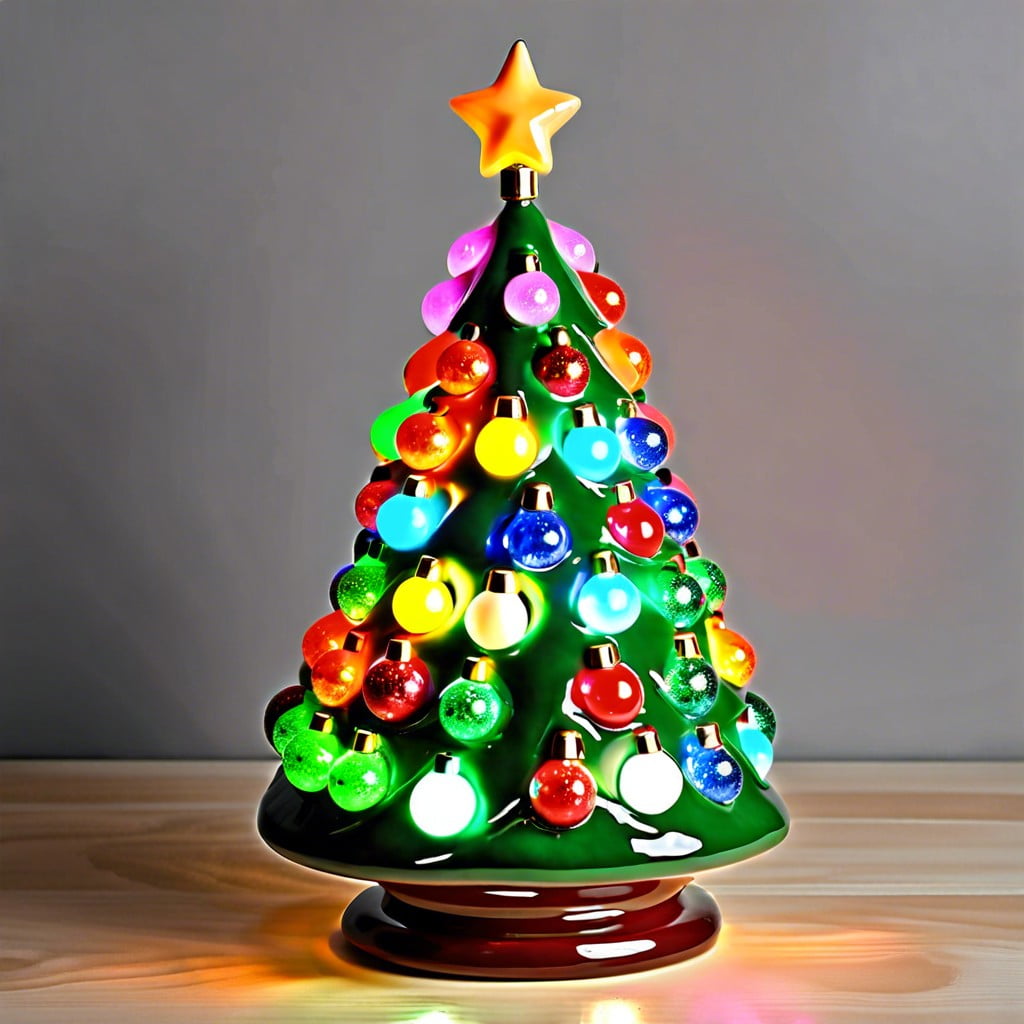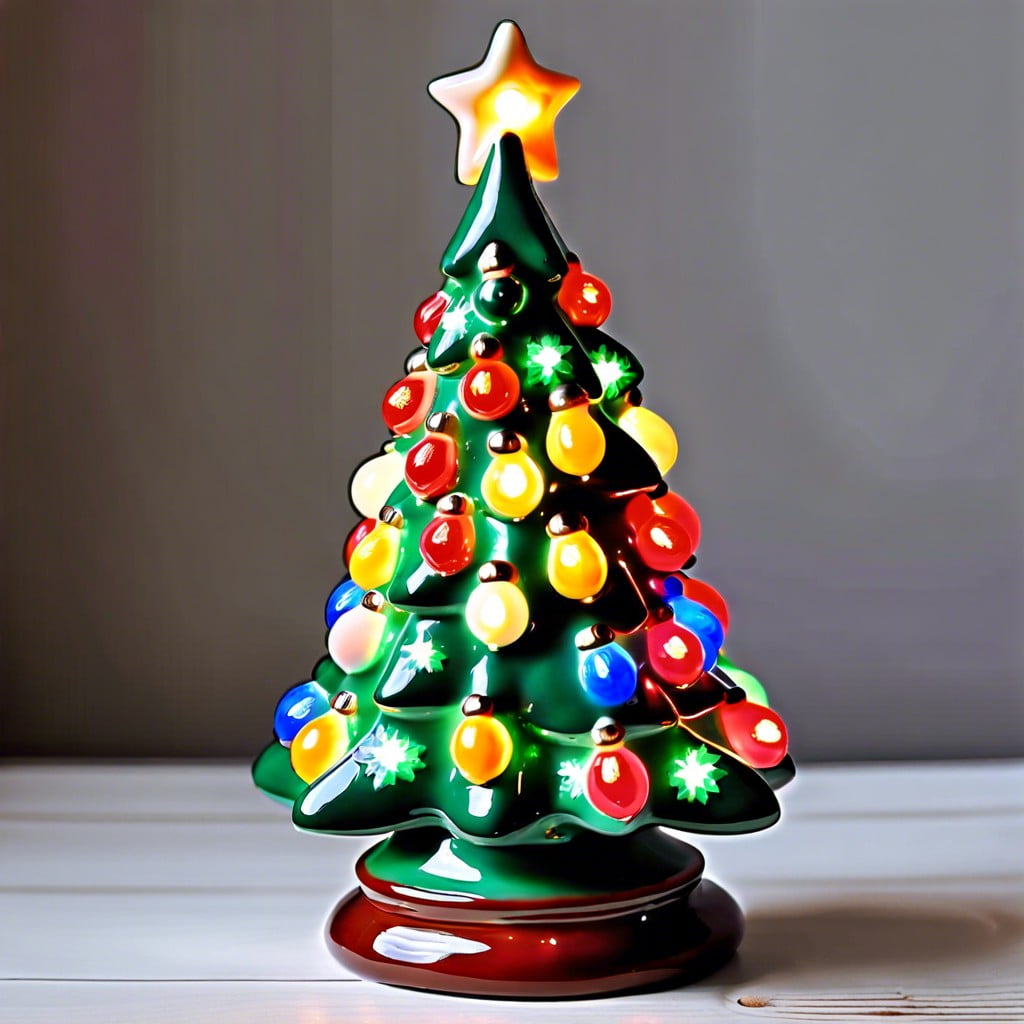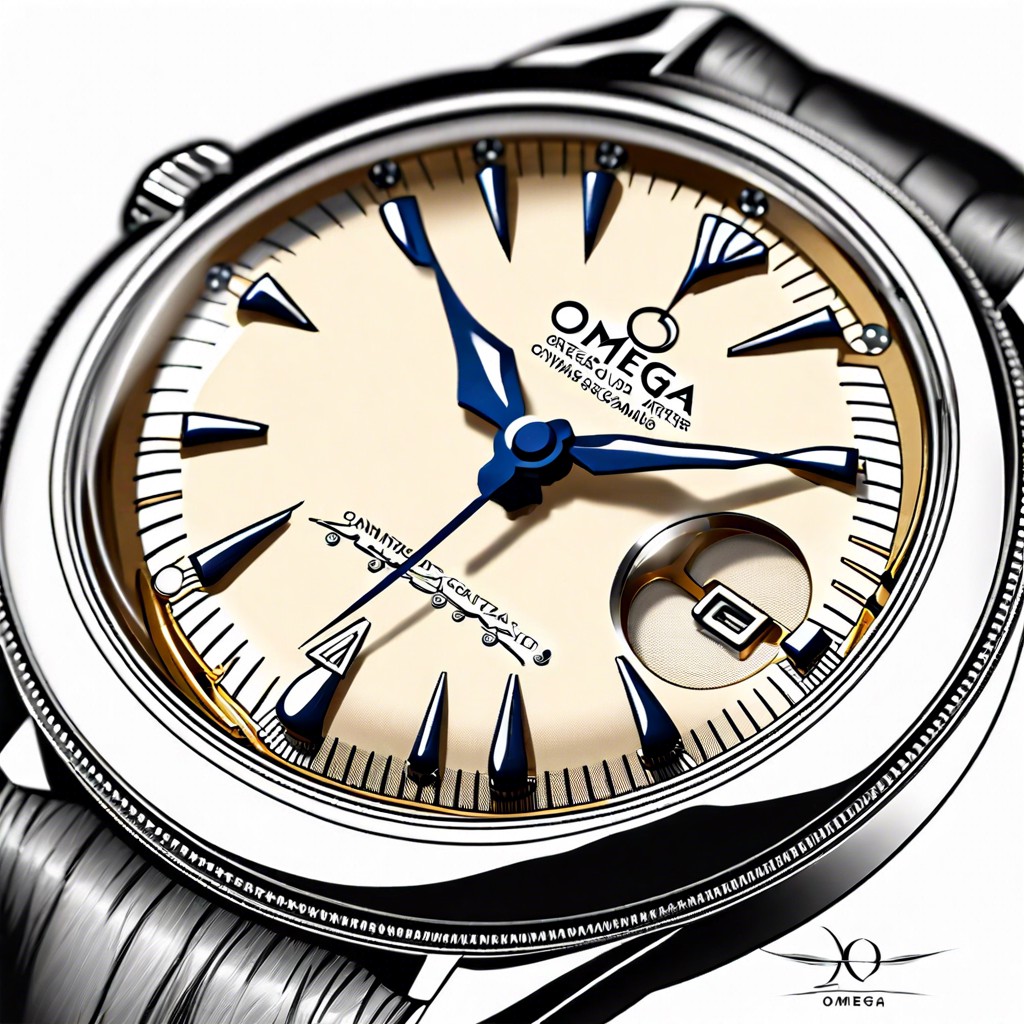Last updated on
Learn the key factors to consider when purchasing a vintage ceramic Christmas tree, ensuring you select a quality piece that adds nostalgic charm to your holiday decor.
Key takeaways:
- Vintage ceramic Christmas trees are a mid-century American holiday staple.
- Look for unique colors, designs, and intact lighting for value.
- Demand for vintage trees has increased and spawned a collector’s market.
- Factors that affect value include condition, rarity, size, and design.
- Authenticity can be determined through manufacturer’s marks and construction materials.
Historical Significance of Vintage Ceramic Christmas Trees

Ceramic Christmas trees originated in the post-World War II era, embodying a significant period of American ceramics. As a home craft project, these trees became a holiday staple during the 1960s and 1970s. Often made in ceramics classes or at home, they served not just as decor but as personal statements of creativity.
Their design reflects the mid-century modern aesthetic, compact and festive, suitable for smaller post-war living spaces. With built-in lights and a glowing star, these trees offered a low-maintenance, reusable alternative to natural trees.
Given the era’s limited technology, each tree carries unique handcrafted imperfections, which now add to their charm and historical value. Collectors often seek pieces that tie back to specific cultural moments or production techniques of the time.
The popularity of ceramic trees also mirrors shifting American traditions, with a growing emphasis on individualized and durable holiday decor. These pieces not only hold historical significance but also evoke nostalgia, bringing generations together through shared memories of past holiday seasons.
Variations and Common Characteristics

Vintage ceramic Christmas trees typically range from 6 inches to over a foot in height, displaying a variety of styles that evolved through the decades. Traditional trees often boast a green glaze, while rarer colors like white or pink are more sought after by collectors. The trees are frequently adorned with multi-colored plastic “bulbs” that fit into holes on the tree’s surface, and some models even feature a built-in music box playing classic Christmas tunes.
Artisans from the 1940s to the 1970s would shape these trees by pouring liquid clay into molds. After the initial firing, they applied a glaze and subjected the trees to a second firing to achieve a glossy finish. The earlier trees tend to have a more simplistic design, with subsequent versions showing increasing complexity and ornamentation.
Integrated lighting is another common characteristic. Many vintage trees have a light bulb within their base that shines through the colorful plastic “bulbs”, creating a cozy, festive glow. The electrical fittings for these lights may differ, with older trees often requiring updates for safe use today.
The handcrafted nature of these pieces means that each one carries unique characteristics, even those made from the same mold. This individuality adds to the charm and desirability of vintage ceramic Christmas trees.
Popularity and Collecting Trends
Ceramic Christmas trees evoke a sense of nostalgia, hearkening back to the mid-20th century when they became prominent holiday decorations. Their popularity surged from the 1960s through the 1980s as they were frequently crafted in ceramic workshops and became family heirlooms.
In recent years, the trend has resurged with both collectors and enthusiasts seeking to recapture the charm of past holiday seasons. Social media and online marketplaces have facilitated a vibrant community where individuals share knowledge, trade, and showcase their collections.
The value of these ceramic trees has consequently seen an increase, particularly for rare colors and designs, and those complete with original lights and music boxes. Seasonal trends also affect their popularity, with demand peaking during the holiday season.
This resurgence has led to contemporary production of similar trees, but true collectors are often interested in those that come with a history. Certain hallmark features that determine authenticity and attract collectors include the maker’s mark, the quality of craftsmanship, and the unique characteristics of vintage trees.
Careful preservation of vintage ceramic Christmas trees aligns with a broader trend in appreciating retro and mid-century decor, making them both a cherished part of holiday tradition and a dynamic facet within the antique collection sphere.
Value and Appraisal Considerations
Assessing the value of a vintage ceramic Christmas tree involves several key factors. Condition is paramount; a tree free of chips, cracks, and with intact lighting commands a premium. Originality boosts value, with trees still retaining their original light kits and fixtures being particularly desirable.
Rarity is another important element. Trees produced in limited quantities or by renowned manufacturers such as Atlantic Mold or Nowell’s often warrant higher prices. Size matters as well, with large trees typically being more valuable than smaller counterparts due to their impressive display quality.
The complexity and intricacy of the tree’s design can affect its worth. Trees with detailed molds, unique colors, or elaborate light arrangements tend to be more sought after. Seasonality plays a role, too, with values peaking during the holiday season as demand increases.
For accurate appraisal, consult reputable antique dealers specializing in vintage holiday décor, reference current market prices through auction sites, and check completed sales for a realistic picture of what collectors are willing to pay. Authentication by experts can assure buyers of an item’s veracity, further solidifying its value.
Identifying Reproductions Vs. Authentic Vintage Trees
Distinguishing between genuine vintage ceramic Christmas trees and reproductions is essential for collectors and enthusiasts. Authentic vintage trees often have telltale signs indicating their age. Look for manufacturer’s marks, which are typically found on the bottom. These marks can be cross-referenced with historical records to verify the piece’s period.
Vintage trees were popular from the 1940s through the 1970s, so construction techniques and materials used can be indicative of age. For instance, older trees might show signs of crazing, which is a network of fine cracks in the glaze. Reproductions, on the other hand, tend to have a more pristine appearance due to newer materials and technologies.
The coloring and style of the bulbs can also be a clue. Original bulbs from the era may show signs of aging or fading, while new ones often look bright and untouched. Furthermore, the wiring of an authentic tree should also be checked; vintage electrical components differ significantly from modern-day replacements. Always exercise caution when dealing with vintage wiring and consult a professional for safety concerns.
By paying attention to these details, one can develop an eye for distinguishing genuine vintage pieces from contemporary replicas, ensuring an informed addition to any collection.




